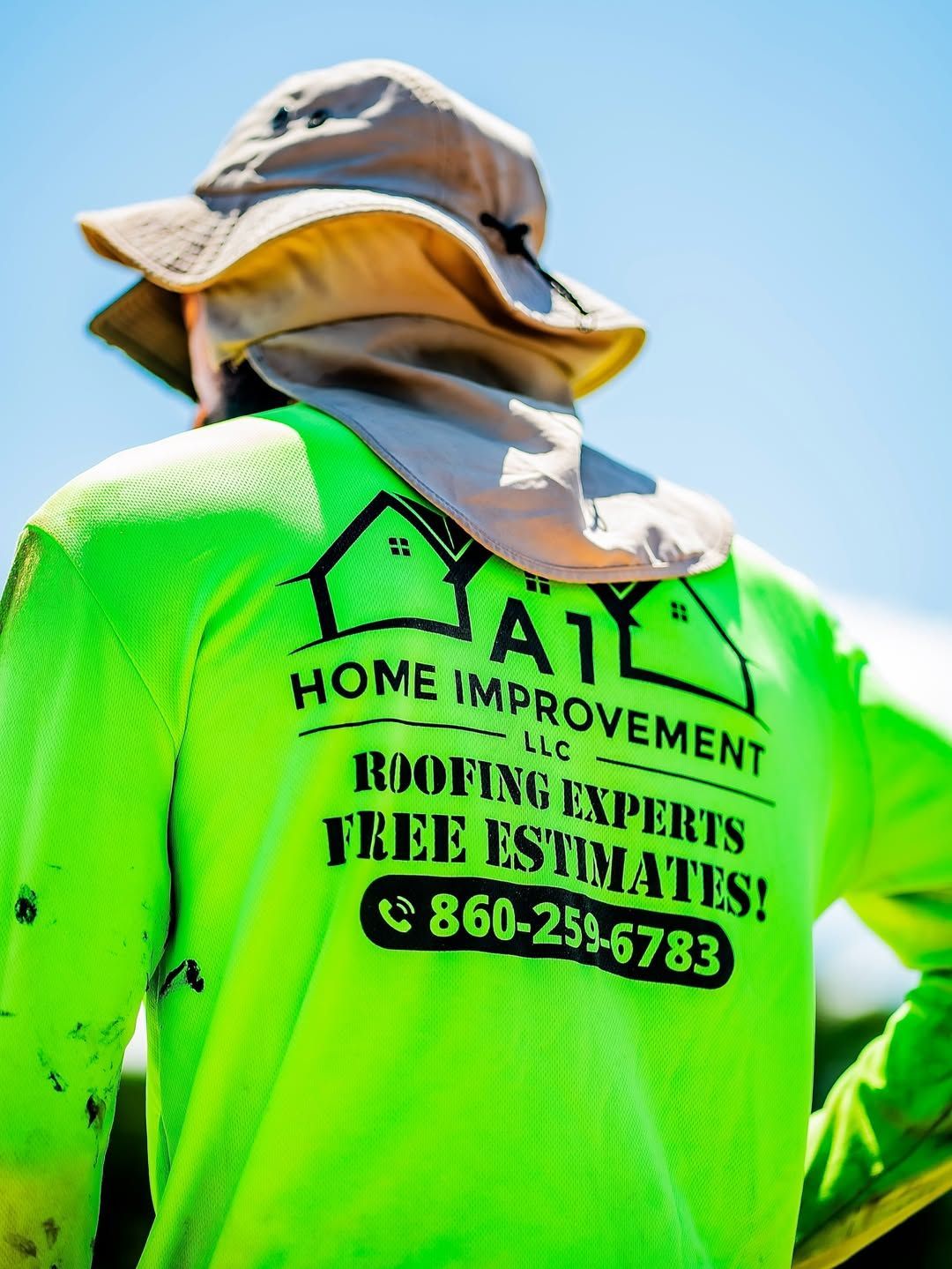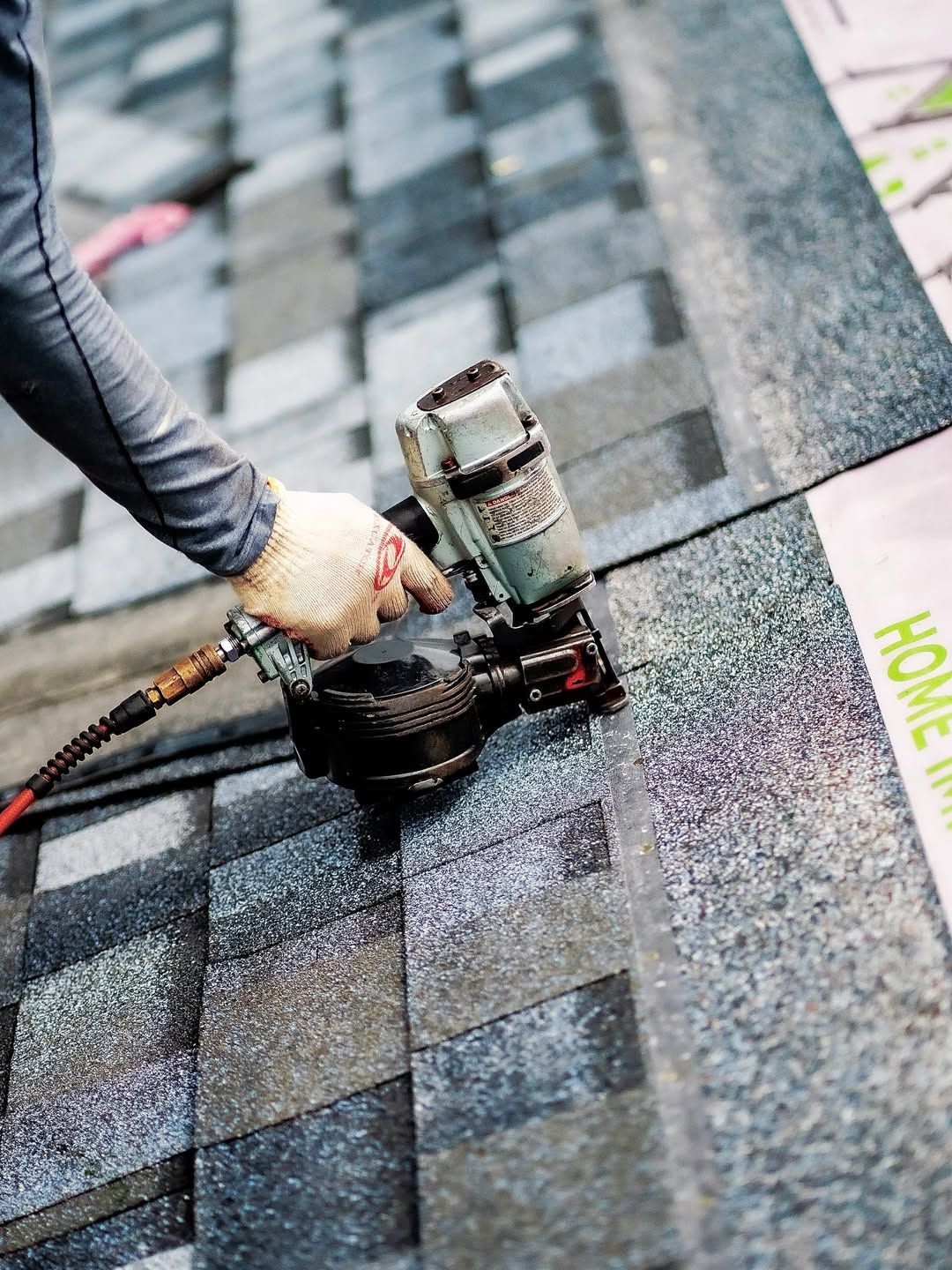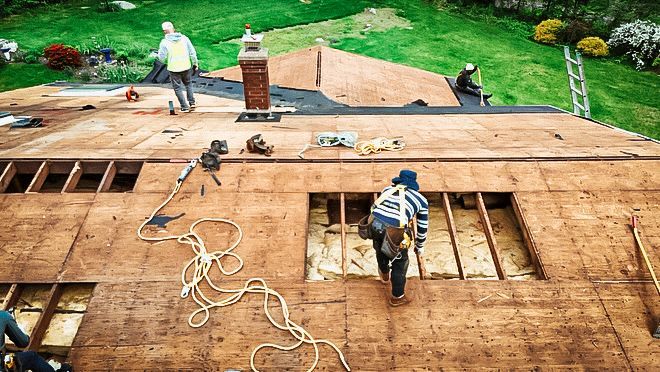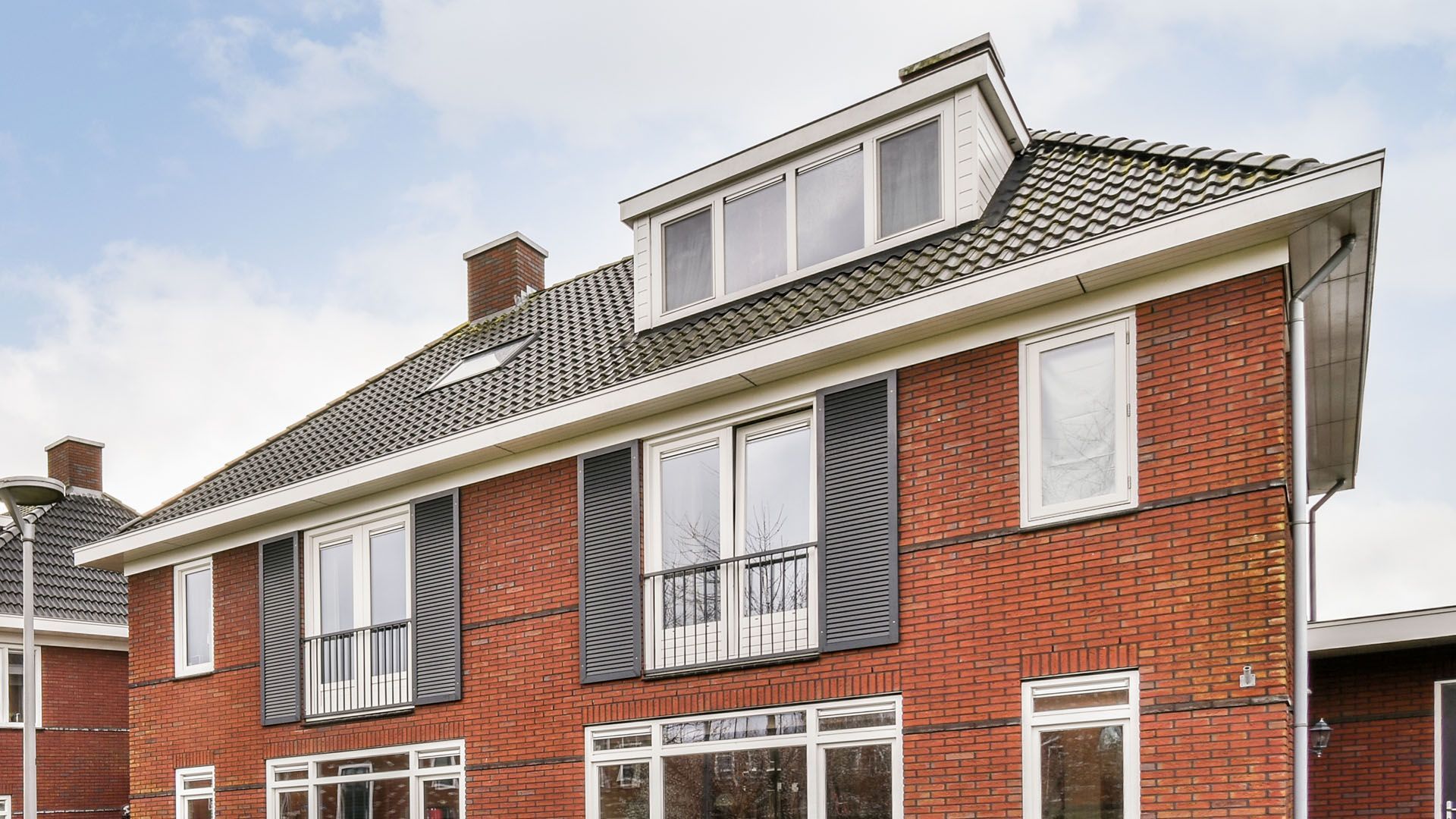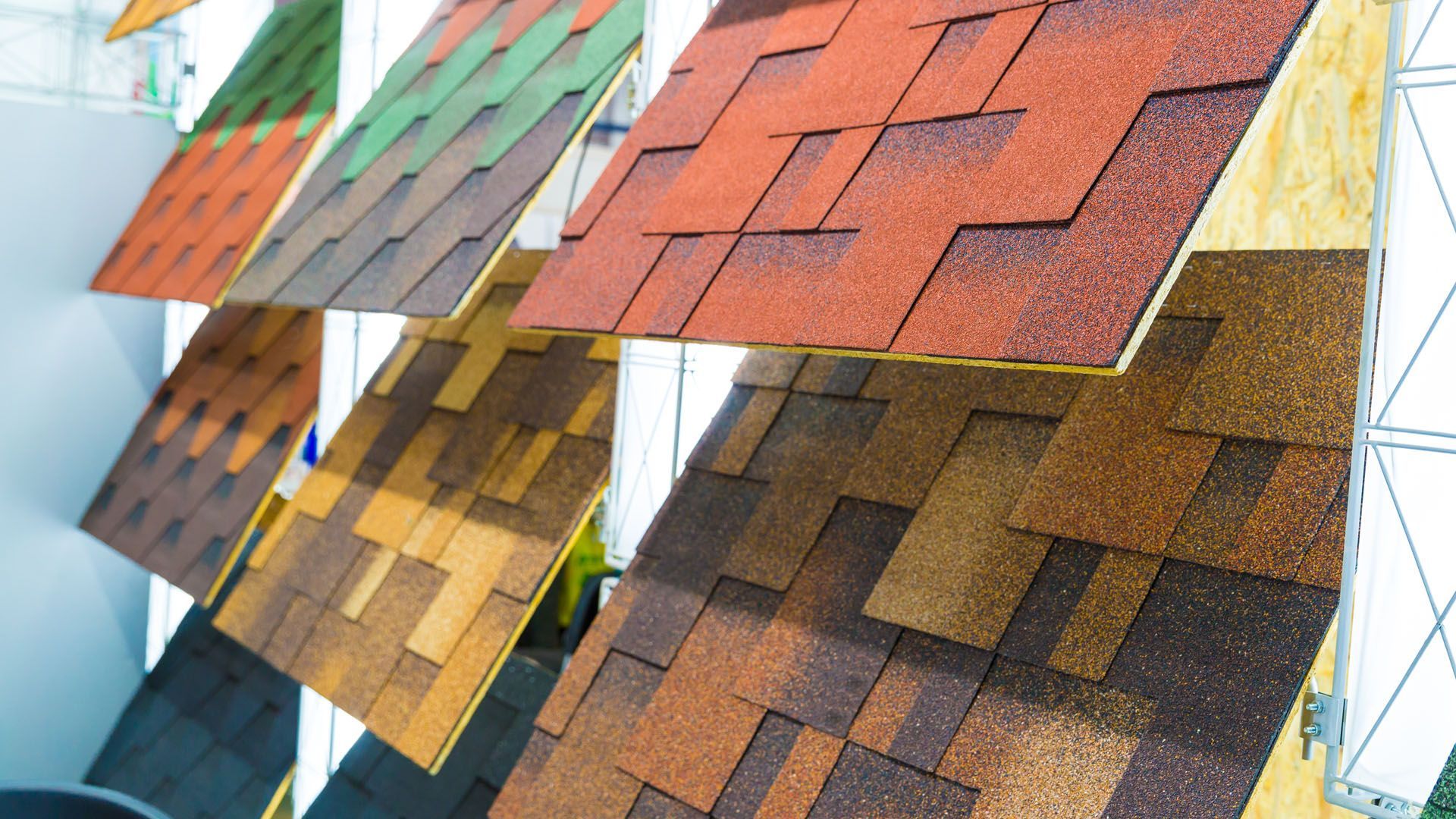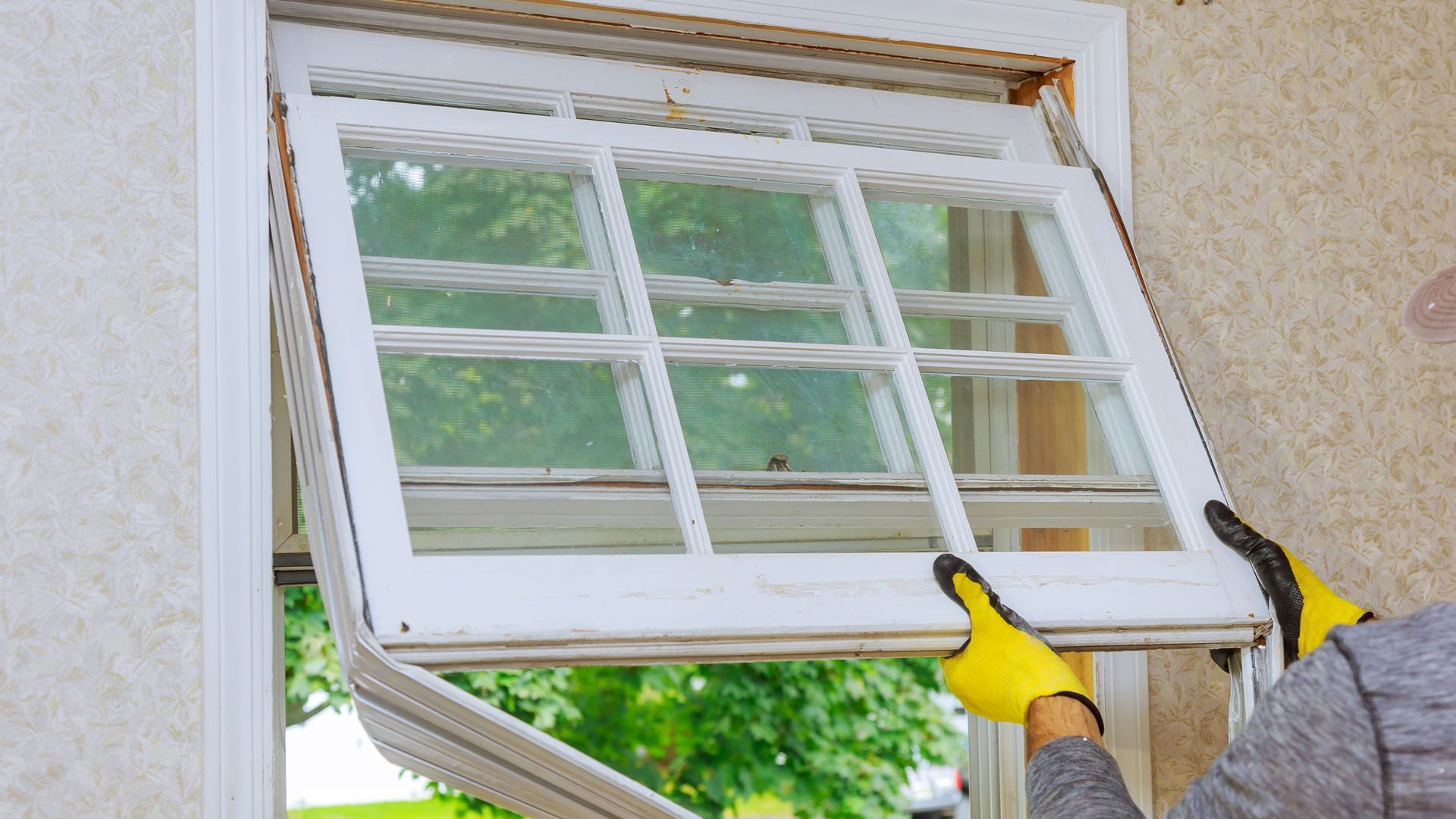Roof Repair Leak Solutions: Find and Fix Your Leaky Roof
Dealing with a roof repair leak? This guide will help you identify, manage, and fix the problem to prevent further damage. Find out how to spot signs of a leak, take immediate action, and apply temporary and permanent solutions.
Key Takeaways
- Identify roof leaks early by looking for water stains, curling shingles, and musty odors to prevent extensive damage.
- Immediately catch dripping water and temporarily shield leaks with tarps to minimize damage until repairs can be done.
- Regular roof maintenance and inspections are key to preventing leaks; hire professionals when needed to ensure quality repairs and safety.
Identifying Roof Leaks: Signs and Symptoms
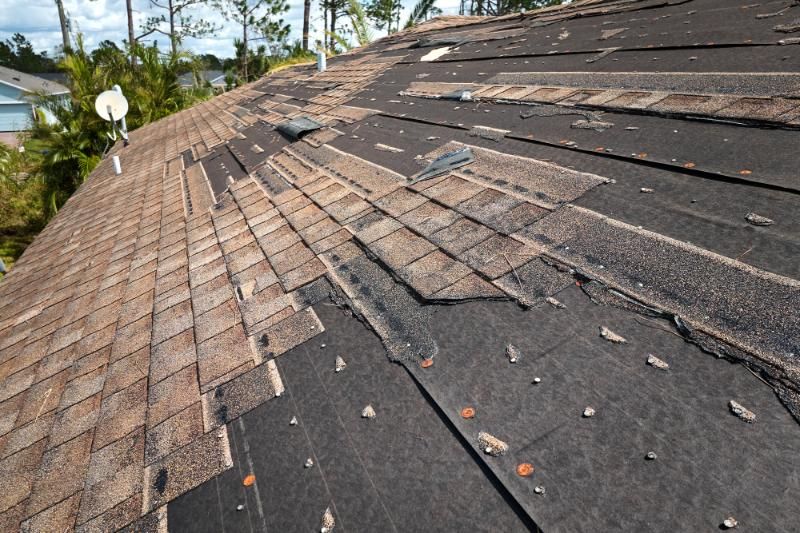
Identifying a roof leak often starts with noticing water stains on walls or ceilings, which appear as yellow or brown patches or rings. A musty odor in the home can also indicate early mold development from water damage.
Holes or decaying patches on the ceiling suggest structural damage from a leaky roof, signaling that water has penetrated and begun damaging interior structures. Immediate action is necessary to prevent further deterioration.
Less obvious signs of a leaky roof include light penetration, known as ‘shiners,’ and curling or buckling shingles, indicating moisture penetration.
Early intervention can prevent more severe problems down the line.
Mold or mildew on exterior walls often signifies prolonged water infiltration. Missing or warped shingles also heighten vulnerability to leaks. Regular inspections can catch these issues before they escalate.
Immediate Actions When Your Roof Starts Leaking
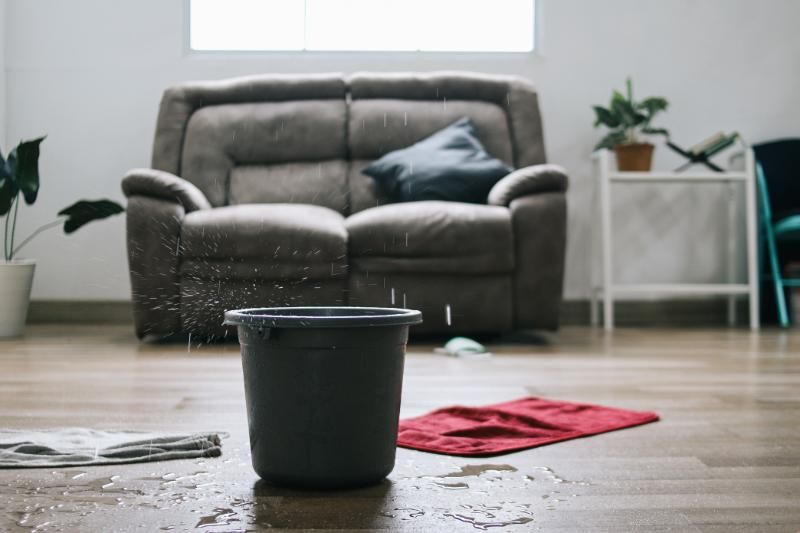
Upon discovering a roof leak, promptly use containers to catch dripping water and mitigate home damage, preventing further harm.
Puncture sagging ceiling bulges to drain collected water and use a tarp to shield the roof from rain and wind until permanent repairs are possible.
Move furniture, electronics, and other valuables to prevent water damage. These immediate actions minimize damage and provide time to plan next steps.
Finding the Source of Roof Leaks
Locating a roof leak may be challenging but is essential for repairs. Inspect the attic for water stains and mold, focusing on areas around roof penetrations like chimneys and vents.
Using a garden hose to run water over different roof sections can help identify where water drips appear inside, requiring patience and keen observation.
Common water entry points include broken shingles, poorly sealed flashing, and loose nails. Look for water-stained or rotten wood around leaks to swiftly identify and address the source.
Temporary Fixes for Roof Leaks
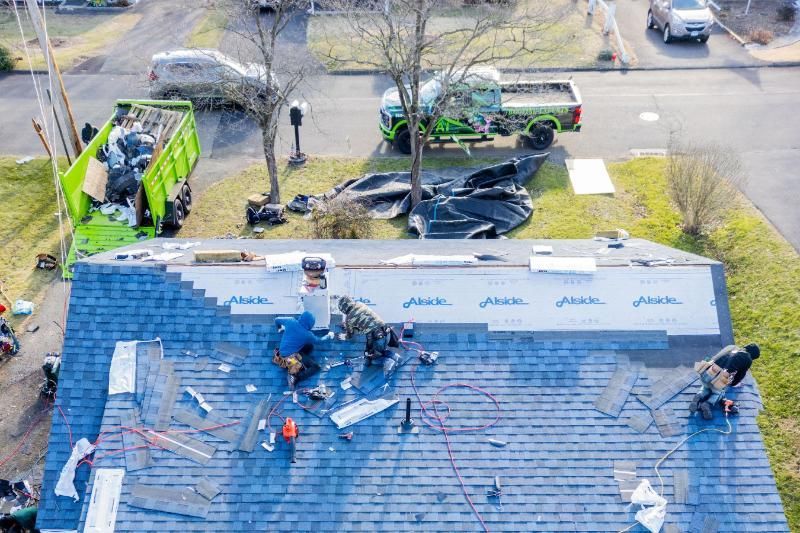
Temporary fixes for a leaky roof include plastic sheeting, roofing tape, silicone caulk, and tar paper, offering short-term solutions until permanent repairs are possible.
Plastic sheeting is useful when roof access is limited. Secure it over the leak with weights or nails, ensuring it covers one to two feet beyond the leak for optimal protection. Thicker plastic sheeting offers better weather resistance. Remove debris before applying a tarp for proper coverage and drainage.
Apply roofing sealants like silicone caulk and tar tape to clean surfaces for effective temporary fixes. Roofing tape covers small gaps but is not a permanent solution. Tar paper, a durable and weather-resistant option, should be applied slightly larger than the leak and secured with staples or nails.
Temporary fixes prevent further damage from roof leaks until professional help arrives, buying time and protecting your home to prevent future roof leaks and additional water damage.
Repairing Roof Leaks from the Inside
Preparation is key for repairing roof leaks from the inside. Gather tools like rubber gloves, a flashlight, and roofing tar, as well as materials like plywood, shingles, and roof leak repair sealant.
Create a temporary patch by spreading roofing tar into the leak area before placing plywood or shingles on top, ensuring effective sealing by spreading tar around the edges.
Monitor your repairs and call a contractor if necessary for long-term solutions. Quick repairs prevent further damage and costs. Mapping the leak’s location inside the attic can assist in future external repairs.
Repairing Roof Leaks from the Outside
Repairing roof leaks from the outside requires comfort working at heights. Prioritize safety by using necessary equipment and taking precautions to avoid accidents.
Fixing a leaking valley requires precision and ensuring new materials integrate well with the existing roofing system, preventing additional problems and providing a permanent solution.
Common Causes of Roof Leaks and How to Address Them
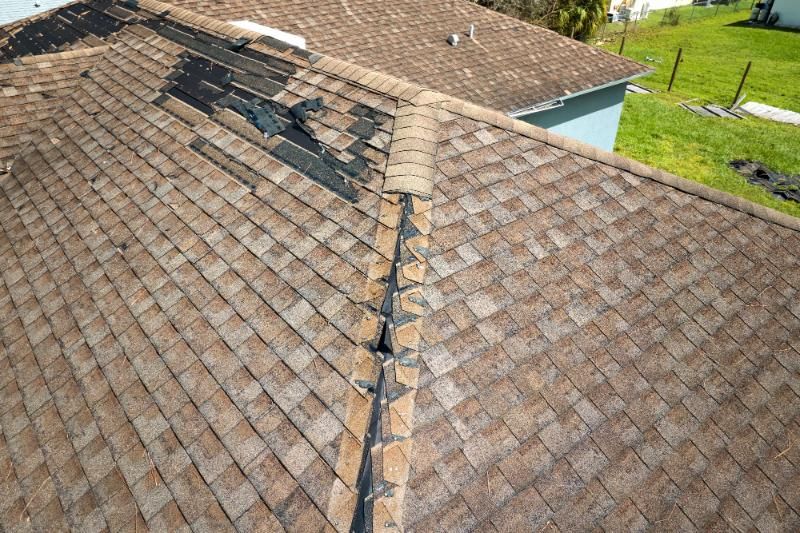
Understanding common causes of roof leaks aids in prevention. Damaged flashing often fails at roof valleys, around chimneys, and at wall-roof intersections. Regular inspections are crucial.
Broken or missing shingles are common issues. Severe weather can crack or dislodge surrounding shingles, allowing water penetration. Damaged or warped shingles increase the likelihood of leaks.
Roof valleys direct water flow and handle runoff. Issues with rubber gaskets in pipe boots, like dry rot and weathering damage, can cause leaks. Replacing boots or stripped nails/screws prevents water ingress.
Leaks around plumbing vent boots are common. Proper sealing and addressing nail pops from thermal movement prevent leaks. Regular maintenance and inspection keep your roof leak-free.
The Role of Roof Maintenance in Preventing Future Roof Leaks
Routine roof inspections and maintenance prevent potential leaks. Regularly check for missing or damaged shingles and remove debris to avoid leaks.
Evaluate roof valleys and flashing regularly. Early detection through routine evaluations can avoid costly repairs later.
Conduct inspections at least twice a year, especially after severe weather, to maintain roof condition. Regular maintenance prevents small leaks from worsening and extends roof lifespan.
Hiring a Professional Roofing Contractor

When unable to control a roof leak or find its source, contact a professional roofer. DIY repairs can pose safety risks, especially with a damaged roof.
Hiring a professional roofing contractor provides advantages like a workmanship warranty, peace of mind, and insurance coverage. Experienced professionals save time, money, and prevent potential injuries.
Document damage for insurance claims before starting repairs and ensure the contractor has liability insurance to protect against accidents. These steps ensure a smooth repair process.
Cost Considerations for Roof Leak Repairs
When budgeting for roof leak repairs, consider roof type, material, job complexity, and accessibility. Different roofing materials vary in cost; for instance, asphalt shingles are generally cheaper than tile or foam roofs.
Labor costs depend on the crew’s experience and vary by region. Multiple roofing material layers complicate repairs, increasing time and expense.
Water damage increases extensive repairs costs due to additional materials and labor required to address underlying issues. Necessary permits also add to overall expenses.
Considering these factors is crucial for effective budgeting of roof repair expenses, helping homeowners manage repairs without financial stress.
Summary
Identifying, fixing, and preventing roof leaks is crucial for maintaining your home’s integrity. Understanding the signs of roof leaks, taking immediate action, and knowing when to call a professional can save you from extensive damage and costly repairs. Regular maintenance and inspections are key to preventing future roof leaks. Take charge of your roof’s health and ensure it remains leak-free for years to come.
FREQUENTLY ASKED QUESTIONS
Have Questions? We Have Answers
Share this Post

